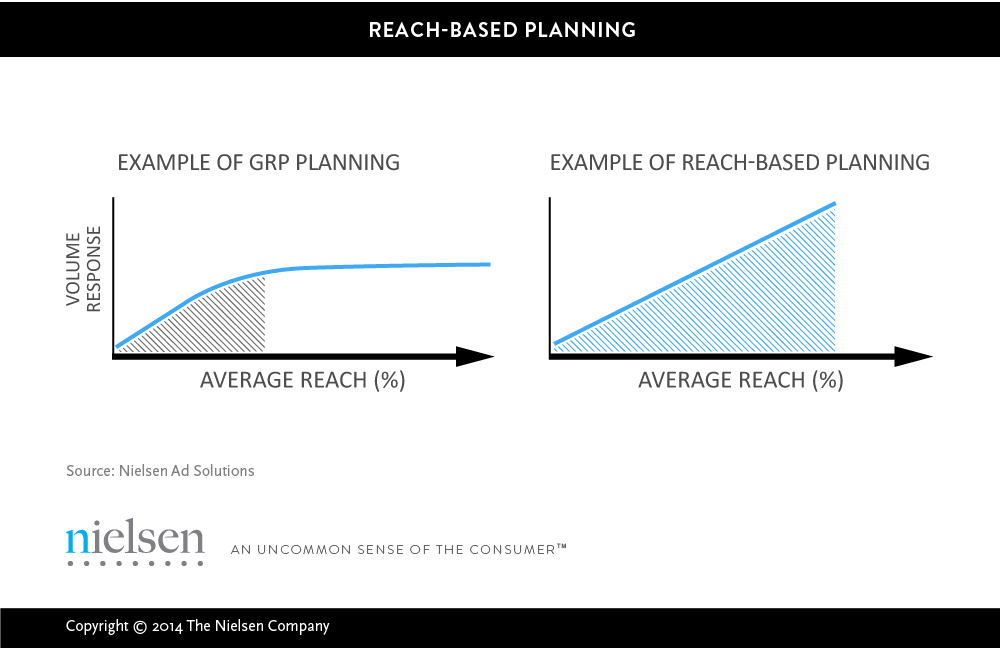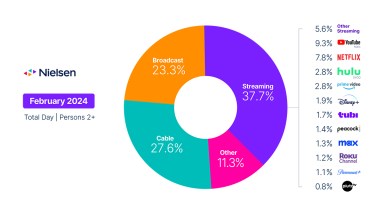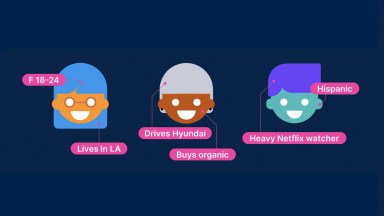There’s no marketer on the planet looking for a smaller audience to reach. But while increased reach is a key goal for anyone in advertising, many marketers know that audience size is just part of the equation. That’s because simply reaching people doesn’t guarantee resonance, and it certainly doesn’t lock in a sale. So as consumers broaden their content-consuming appetites across platforms, more and more organizations are interested in creating messages that are effective and drive sales.
The bottom line is clear: Integrated multi-screen advertising will grow in importance as marketers see the continuing rise of video across screens. In fact, 85% of marketers polled in a recent Nielsen/Association of National Advertisers (ANA) study said the use of integrated multi-screen campaigns will be very important in delivering an effective message by the year 2016, much higher than the 38% who feel that way today.
In concert with the growing importance of maximizing coverage across screens, marketers are equally attuned to ensuring that they’re influencing the opinions of their audiences and ultimately driving their purchasing decisions. In fact, their desires to be effective and drive sales with their messages are almost as high as their drive is to reach as many people as possible.
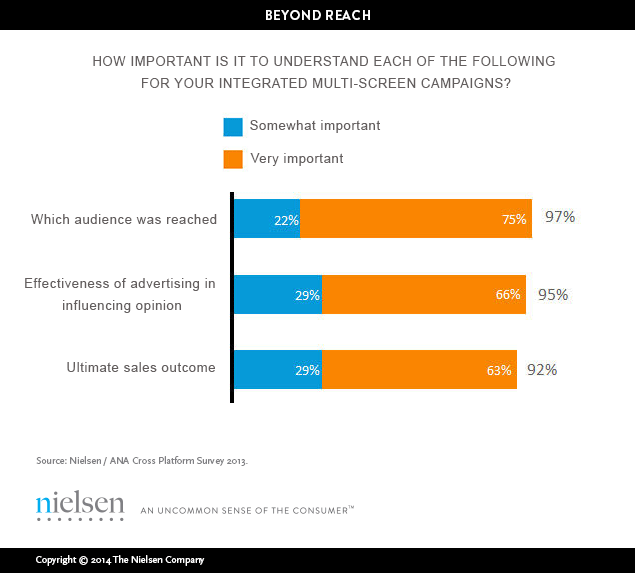
Heavy TV users are heavy online viewers, but keeping track of viewing from screen to screen can be challenging for marketers reliant on multiple metrics to calculate. Findings from ANA/Nielsen highlight how only 16% of marketers currently measure the effectiveness of their integrated multi-screen campaigns using one metric. In contrast, nearly 80% say they’d prefer to reduce that to one metric.
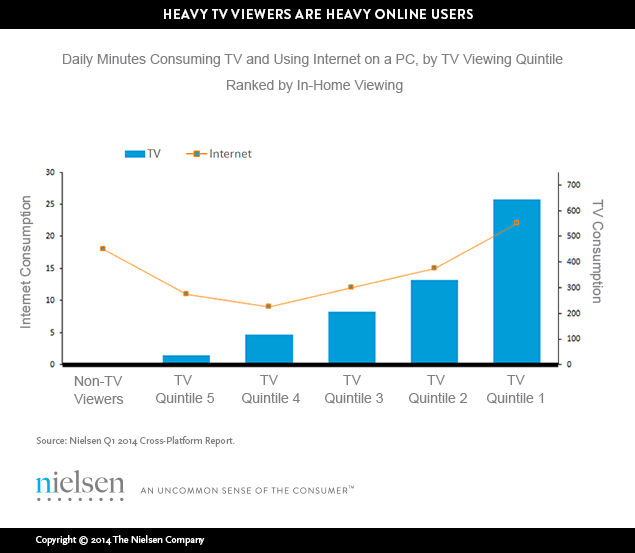
One of the biggest challenges in maximizing return on investment across screens is minimizing duplicated reach, or creating a campaign that reaches each audience member once regardless of which screen that person views the content on. Random duplication often occurs when TV and online campaigns are planned independent of one another, causing one person to be exposed to the same campaign more than once.
Research has proven that reach has a linear relationship with volume. So in that way, each incremental reach point adds just as much as the last one. Comparatively, gross rating point planning can cause the average volume response to quickly plateau rather than build over time.
